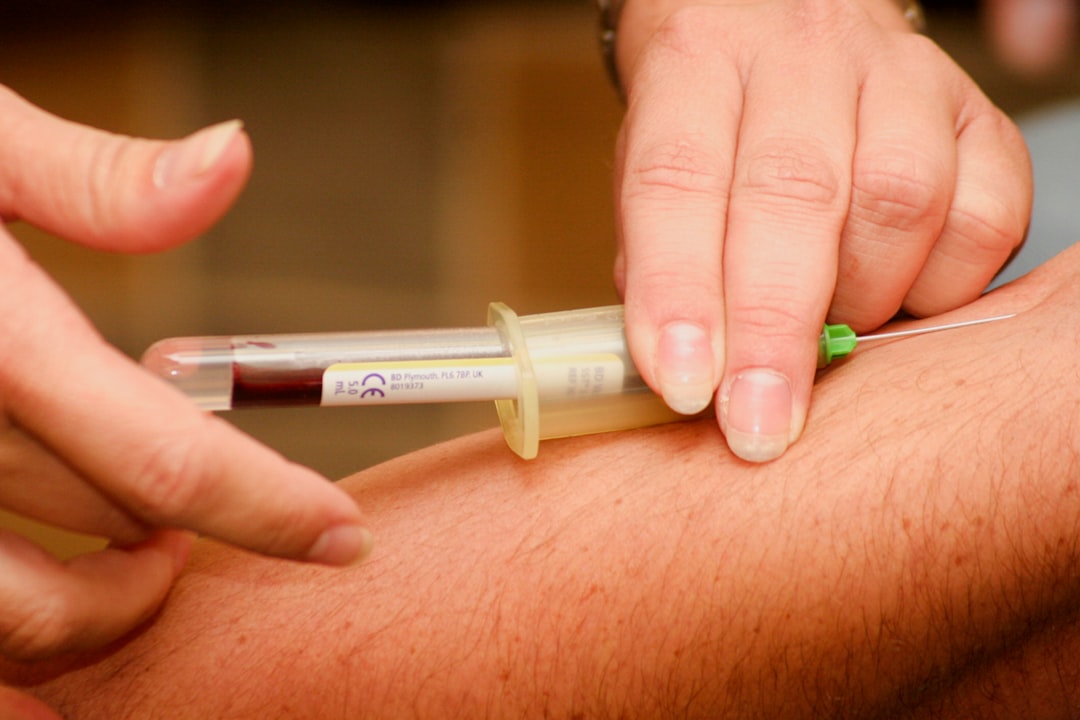What is it about?
Bacterial responses to antibiotics are influenced by the surrounding environment. However, it remains largely unexplored, in the presence of the last-line polymyxins, how the host innate immune cells impact on the response of the opportunistic pathogen Acinetobacter baumannii. For the first time, we identified distinctive global perturbations of proteins in both A. baumannii and human macrophages in response to polymyxins and infection. Intriguingly, we observed a complementary relationship between polymyxins and macrophages in perturbing the stress tolerance machineries of A. baumannii in the tripartite condition. Our subsequent functional study further unmasked the therapeutic potential of targeting the oxidative stress resistance, metal homeostasis and particularly the stringent response regulator SpoT in A. baumannii in turbocharging bacterial killing by polymyxins.
Featured Image

Photo by CDC on Unsplash
Why is it important?
Novel approaches are required to address the issue of dry antibiotic pipeline in tackling antimicrobial resistant ‘superbugs’. This study dissects the important but often neglected host-pathogen-antibiotic molecular interplays to hunt for potential new therapeutic targets to tackle the problematic multidrug-resistant A. baumannii. Better understanding of this host-pathogen-antibiotic interactions is also important in facilitating mechanism-based modeling for optimization of antibiotic dosing regimens.
Perspectives
This study uncovered the multifaceted host-pathogen-antibiotic interplays and highlights the need for better understanding of the effects of the host microenvironment on bacterial responses to antibiotics. Importantly, this paper provides key mechanistic insights into expediting the discovery of new therapeutics and optimizing antibiotic use in patients.
Dr Zhi Ying Kho
Read the Original
This page is a summary of: Correlative proteomics identify the key roles of stress tolerance strategies in Acinetobacter baumannii in response to polymyxin and human macrophages, PLoS Pathogens, March 2022, PLOS,
DOI: 10.1371/journal.ppat.1010308.
You can read the full text:
Contributors
The following have contributed to this page










